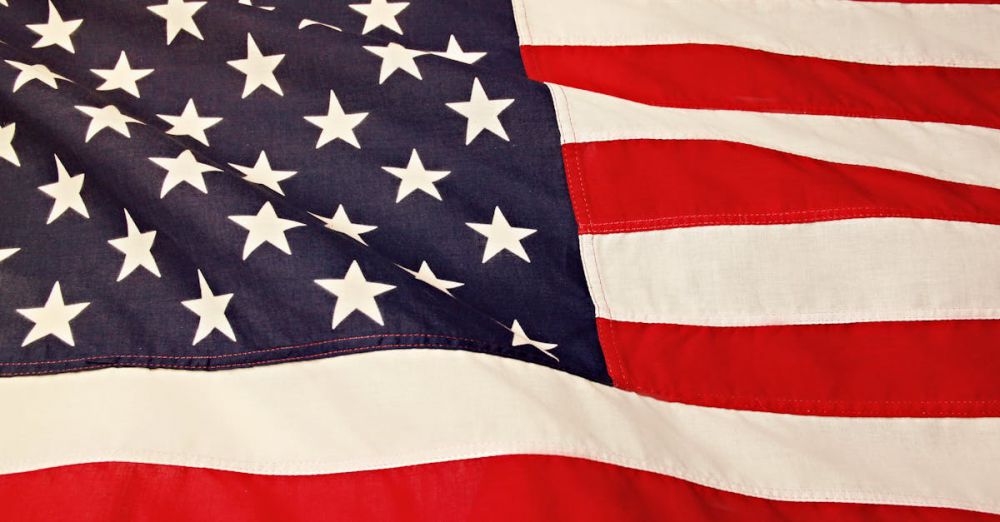How Do Ghost Tours in Canada Compare to Those in the Us
Ghost tours have become a popular way for thrill-seekers and history enthusiasts alike to explore the haunted past of cities across North America. In both Canada and the United States, these tours invite participants to delve into the eerie tales and haunted locations that define the cultural narratives of each region. While there are similarities in the experiences offered, distinct differences in storytelling, cultural significance, and historical context shape how ghost tours are perceived and enjoyed in these two neighboring countries.
Historical Context and Cultural Narratives
One of the most significant differences between ghost tours in Canada and the United States lies in their historical contexts. Canada’s colonial history, primarily influenced by the French and British, gives its ghost stories a unique flavor. Many Canadian ghost tours focus on Indigenous legends and the impact of colonization. For example, in cities like Quebec and Halifax, ghost stories often intertwine with tales of settlers, Indigenous peoples, and the supernatural elements that arise from these interactions.
In contrast, American ghost tours often reflect the country’s tumultuous past, including the Revolutionary War, Civil War, and various waves of immigration. Cities like New Orleans and Savannah boast ghost tours steeped in Southern Gothic traditions, where haunted plantations and historic battlegrounds provide a rich backdrop for spine-chilling stories. The narratives often center around infamous figures, tragic events, and the darker aspects of American history, enhancing the horror element for participants.
Tour Styles and Themes
Another notable distinction is the style and themes of the tours themselves. Canadian ghost tours often exhibit a more restrained approach, focusing on storytelling and historical facts rather than theatricality. Guides tend to emphasize the integrity of the stories, presenting them in a way that respects the cultural significance of the haunted locations. For instance, the ghost tour in Ottawa may highlight the tragic history of a former prison, allowing participants to reflect on the somber past as they walk through the dimly lit streets.
Conversely, many ghost tours in the United States, especially in tourist-heavy cities, adopt a more theatrical style. They often incorporate costumed guides, dramatic reenactments, and interactive elements that engage participants. The tours in New Orleans are particularly known for their vivid storytelling, where guides embody the spirits they recount, infusing the experience with a sense of urgency and excitement. This theatrical flair can create an exhilarating atmosphere, albeit sometimes at the expense of historical accuracy.
Engagement with the Supernatural
When it comes to the engagement with the supernatural, Canadian ghost tours often lean towards a respectful acknowledgment of the paranormal without overly sensationalizing it. Many tours feature locations known for their hauntings, such as the notoriously haunted Fort George in Niagara-on-the-Lake, but they do so with an emphasis on the historical significance of the site rather than purely the spooky aspects.
In the U.S., however, ghost tours frequently encourage a more interactive exploration of the supernatural. Participants may be invited to use ghost-hunting tools, such as EVP recorders or EMF meters, to try and connect with spirits. This hands-on approach, seen in places like Gettysburg and Salem, adds an element of adventure and personal experience that many thrill-seekers find appealing.
Local Legends and Folklore
The rich local folklore that shapes ghost tours is another area where Canada and the U.S. differ. Canadian ghost stories often incorporate Indigenous myths and legends, reflecting the diverse cultural heritage of the country. Stories about the Wendigo or the Headless Horseman of the Canadian Shield showcase a blend of Indigenous and settler narratives. These tales serve not only to entertain but also to educate participants about the unique cultural landscapes of Canada.
In contrast, American ghost stories frequently draw from a broader range of influences, including urban legends, historical events, and popular media. The infamous “Bloody Mary” or the ghost of the Bell Witch are examples of folklore that have permeated American culture, leading to ghost tours that tap into these well-known narratives to connect with participants on a familiar level.
Exploring the Differences
Ultimately, ghost tours in Canada and the U.S. provide distinct experiences that reflect the cultural, historical, and social contexts of each country. While both offer thrilling encounters with the supernatural, the nuances in storytelling, engagement with the past, and local folklore create unique atmospheres. Whether one prefers the more subdued, historically grounded tours of Canada or the theatrical, immersive experiences of the U.S., both countries contribute richly to the tapestry of ghostly encounters that captivate the imagination of participants.







